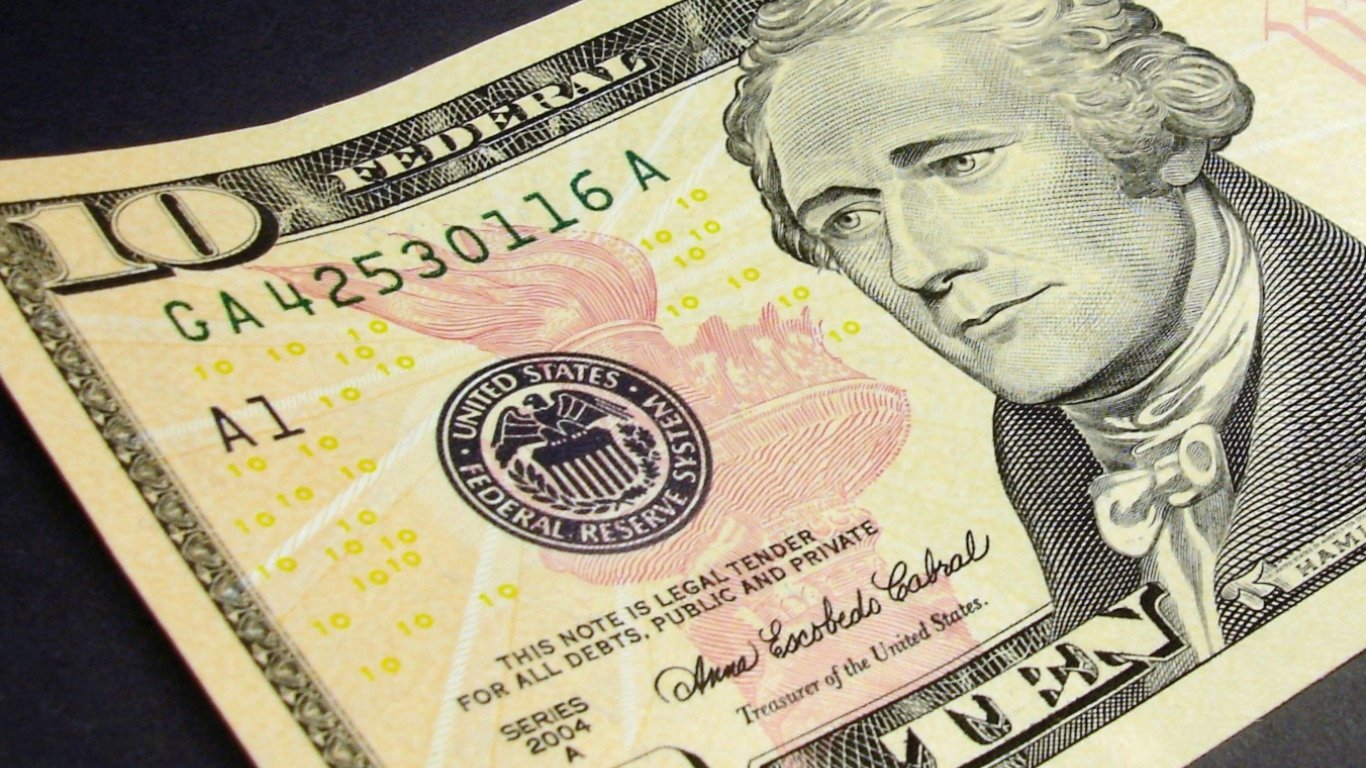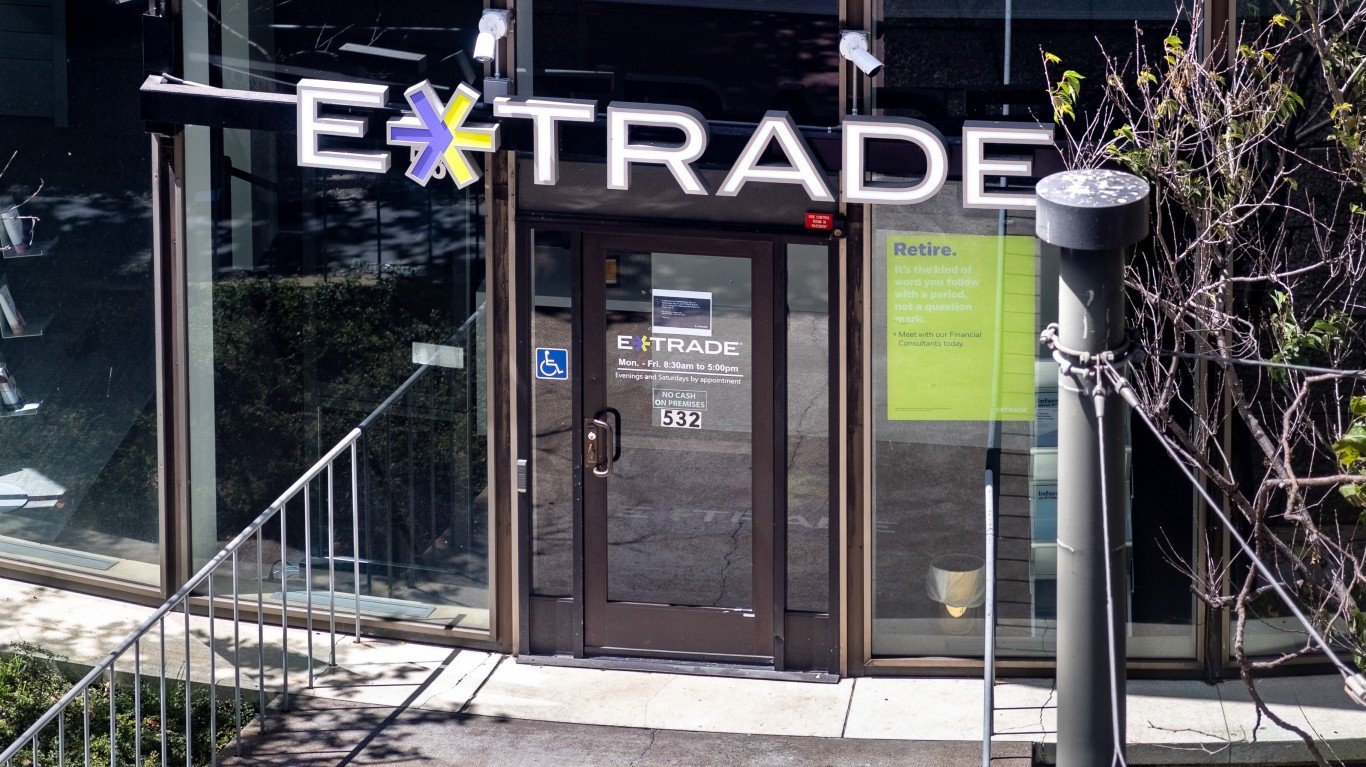

Last week, the U.S. Supreme Court agreed to review an investors’ suit against the U.S. Treasury Department related to the bailout and later conservatorships of Fannie Mae (FNMA) and Freddie Mac (FMCC) following the financial crisis of 2008. The case is scheduled for review during the court term beginning in October.
As we noted last week, the main issue is whether the investors are entitled to a share in the $300 billion or so that the two agencies’ conservator, the Federal Housing Finance Agency (FHFA), have forced Fannie and Freddie to turn over to the U.S. Treasury since 2013.
Among the other major issues facing Fannie and Freddie is the timetable for recapitalizing these two government-sponsored enterprises (GSEs). On the current timetable, a follow-on offering of shares in the two agencies would take place in July of next year. If the offering were to be compared to an IPO, it may be the largest ever, if the GSEs end up seeking an expected $200 billion in fresh cash.
Analysts at Nomura/Instinet have issued new research on the second-quarter earnings of Fannie and Freddie that are substantially higher than the firm’s prior estimates. Instinet raised its core earnings per share (EPS) estimate for Fannie Mae from $0.19 to $0.41 and its EPS estimate for Freddie Mac from $0.16 to $0.38.
The basis for the higher estimates is expected strong top-line results combined with lower credit costs. Instinet calculates the potential upside on Fannie Mae stock at just over 125% from a closing price Thursday of $2.22 and a price target of $5.00. The firm rates the shares a Buy.
Freddie Mac’s potential upside is 124%, based on a closing price Thursday of $2.23 and a price target of $5.00. Like Fannie, Freddie is rated as a Buy.
Instinet analyst Matthew Howlett notes that not included in the EPS estimates are realized/unrealized pretax gains of $155 million and $1.2 billion for Fannie and Freddie, respectively, compared to losses of $434 million and $835 million, respectively, in the first quarter.
Howlett made no changes to Instinet’s estimated timeline for a recapitalization of the GSEs. The firm expects a final capital rule by the fourth quarter of this year, along with an exit from the FHFA’s conservatorship of both agencies. An amended preferred stock purchase agreement (PSPA) continues to be expected in the fourth quarter of 2020 or the first quarter of 2021.
Interestingly, Instinet modeled a scenario in which Fannie and Freddie separately negotiate settlements and exchange offers rather than waiting for a PSPA from Treasury. The model calculated “no change to our valuation analysis if Fannie’s [or Freddie’s] junior preferreds are left outstanding and common stock dividends are delayed by one year.”
Howlett commented that in Instinet’s view, “the biggest obstacle to [recapitalization and release from conservatorship] isn’t political, it’s [economic].”
That may be true, but unless Congress agrees explicitly to backstop Fannie’s and Freddie’s guarantees, the economics of the GSEs’ recapitalization may take a back seat to the political concerns. While the two agencies have always enjoyed an implicit federal backstop, that may not be enough to raise as much cash as Fannie and Freddie would need under an FHFA capital rule.
Things for investors to watch for, according to Instinet, include near-term announcements related to relisting of the GSEs’ public securities, a search for legal counsel to coincide with settlement discussion among litigating shareholders, and a timeline for public comment on whatever FHFA proposes as the GSEs capital rule.
Instinet expects Fannie’s net revenue in 2020 to total $23 billion, rising to $24 billion in 2021. Cash and equivalents, which totaled $21 billion in 2019, are expected to increase to $82 billion this year and to $83 billion in 2021. Diluted shares outstanding are expected to rise from 5.76 billion this year to 18.02 billion in 2021, and GAAP EPS is forecast at $1.48 in 2020 and $1.28 in 2021.
Freddie Mac is forecast to post net revenue this year of $14 billion, rising to $15 billion next year. Cash and equivalents of $5 billion rise to $6 billion in 2021. Diluted shares outstanding total 3.23 billion this year and are expected to rise to 12.02 billion in 2021. GAAP EPS are forecast at $1.54 this year and $1.25 next year.
In a report published in late May, Howlett suggested that Fannie may once again become a dividend-paying stock by 2024.
Take This Retirement Quiz To Get Matched With An Advisor Now (Sponsored)
Are you ready for retirement? Planning for retirement can be overwhelming, that’s why it could be a good idea to speak to a fiduciary financial advisor about your goals today.
Start by taking this retirement quiz right here from SmartAsset that will match you with up to 3 financial advisors that serve your area and beyond in 5 minutes. Smart Asset is now matching over 50,000 people a month.
Click here now to get started.
Thank you for reading! Have some feedback for us?
Contact the 24/7 Wall St. editorial team.
 24/7 Wall St.
24/7 Wall St.


